Modern decor: We define it as decor made for modern lifestyles. The unfussy silhouettes, clean colors, and broad range of materials, from pale woods to gleaming chrome, can create spaces that are as warm, glamorous, or family-friendly as you’d like. Best of all, their innate simplicity shows off your prized artworks, collections, or keepsakes beautifully, whether they’re antique majolica plates or your kids’ drawings. Not convinced? Take a look out how you can incorporate modern furnishings to create a home that could be only yours.
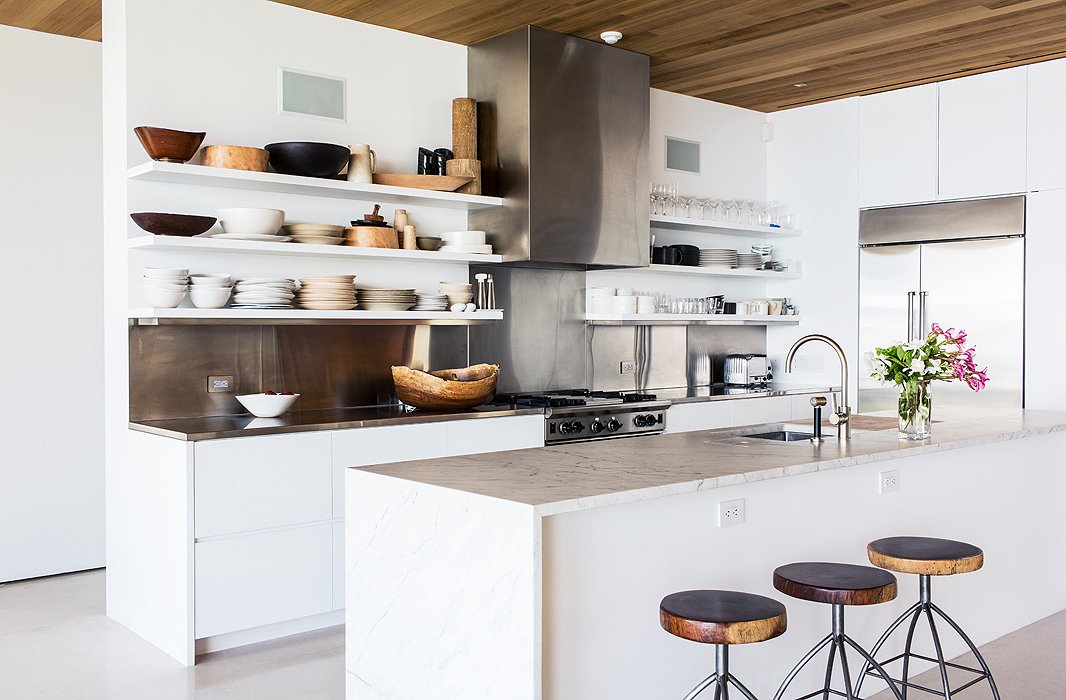
Wood and other organic materials warm up man-made elements such as stainless steel without detracting from the simplicity and sleekness that define modern style. Photo by Nicole LaMotte.
Something Old, Something New
In the early and mid-20th century, much of what made furnishings “modern” was the use of materials that were new to furniture making—or just plain new. These included steel, chrome, molded plywood, and an array of plastics, including transparent acrylic. One major benefit of designs made with these materials is that they can be mass-produced relatively inexpensively. Another, less-heralded advantage is they tend to be durable and easy to maintain—and that makes them ideal for homes with children or pets (or mess-prone adults).
Modern furnishings weren’t—and still aren’t—made exclusively out of man-made materials. Many pioneers of modern design, especially Scandinavians such as Finn Juhl, Kaare Klint, and Børge Mogensen, made ample use of wood and leather; the materials’ unique grain and variable coloring serve as adornment in lieu of carvings, showy hardware, and elaborate upholstery. “Organic modern” refers to these sorts of furnishings: Parsons tables of richly figured teak or cherrywood, leather-upholstered sofas resting atop slender wood legs, natural-fiber rugs with a subtle herringbone weave.
Organic pieces like these create a welcoming warmth, proof that modern design is far from cold or austere. At the same time, you can easily up the glamour quotient by introducing a Sputnik-style light fixture, molded plastic chairs in glossy whites or primary colors, or a simple side table made luxurious courtesy of gleaming chrome legs.
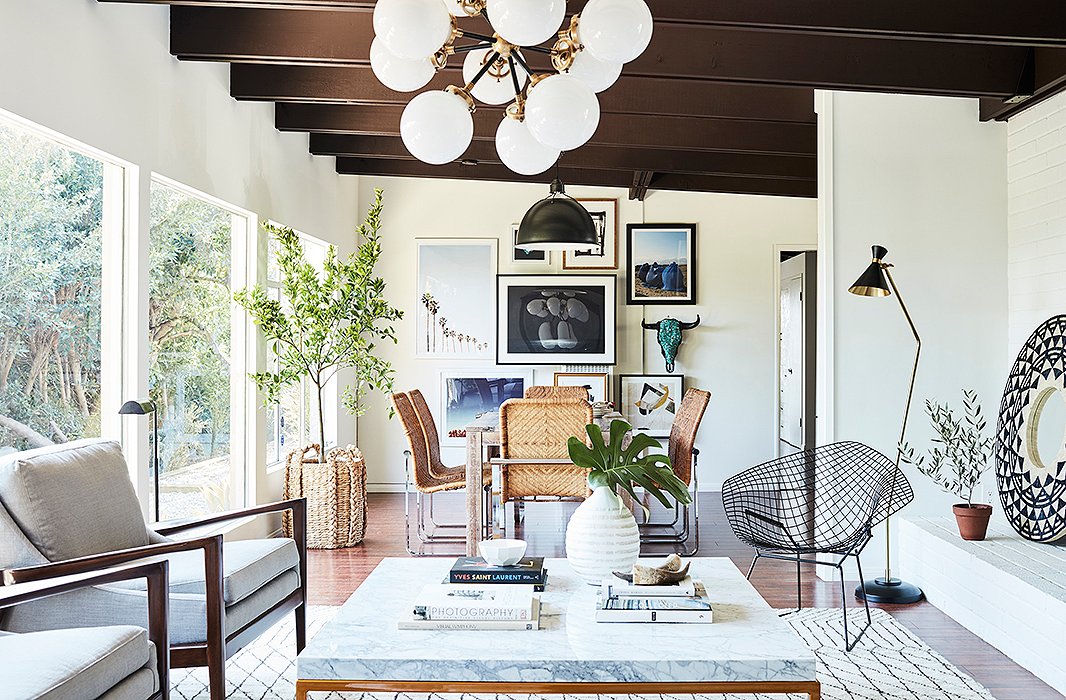
The globular lampshades and the curvaceous wire chair prove that modern design isn’t all straight lines. Photo by Joe Schmelzer.
The Shape of Things
Much of modern design hews to the philosophy of “form follows function.” Cabriole legs on a chair, for instance, serve no practical function, so they were deemed superfluous. This accounts for the clean lines and unadorned surfaces associated with modern furnishings.
Modern designers do appreciate a beautiful curve, however. In fact, to complement their synthetic materials, they’ve often opted for organic, fluid shapes. And of course, curves can be functional: They allow arc lamps to direct light where needed and make seating much more comfortable. (Modernists Marcel Breuer and Le Corbusier were among the first to incorporate ergonomic design into their furniture.)
Rounded pieces like Eero Saarinen’s Tulip table and Arne Jacobsen’s Egg and Swan chairs couldn’t really be constructed without the use of modern materials, nor could slender pedestals and slim legs support large tabletops and heavy seats. While these visually lighter designs play well in rooms of all sizes, they solve many design dilemmas for small spaces, as do transparent acrylic tables, chairs, and lamps.
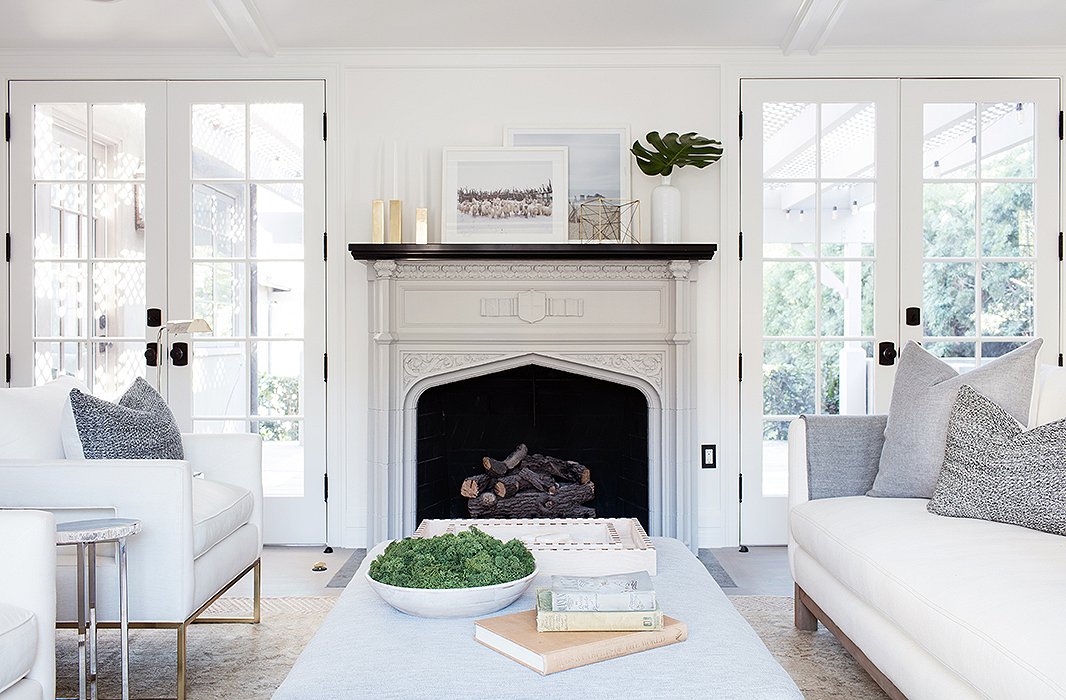
The touches of greenery are all the more vivid for being in a predominately white and cream room. Photo by Joe Schmelzer.
Hushed Hues
For every ketchup-colored Eames plastic molded chair or multihued George Nelson wall clock you’ll find at least a score of modern furnishings in neutral shades. Again, much of this is due to the use of wood, rattan, leather, and other natural materials. Modern furnishings can easily transform a room into a soothing cocoon of taupes, grays, creams, and tans. Those with a sense of drama could opt for stark black and white, with glimmers of metal for a touch of glamour.
This subdued palette provides a perfect canvas for any art, objets, and textiles you want to layer on. Picture a collection of antique jasperware displayed in a baroque cabinet. The stoneware’s relief decorations get lost amid the competing moldings and carvings of the cabinet. Now picture that jasperware atop a minimalist étagère. The fine artistry really pops. Can’t live without bold colors or patterns? Go ahead and add a bright rug, art, pillows, or bedding. The stripped-down background will help retain an overall sense of harmony.
The unadorned lines, durable materials, and neutral colors that are hallmarks of modern design give the style its versatility. Think of modern as the little black dress of home design: It can be as spare, as statement-making, as casual, or as glimmering as you want.
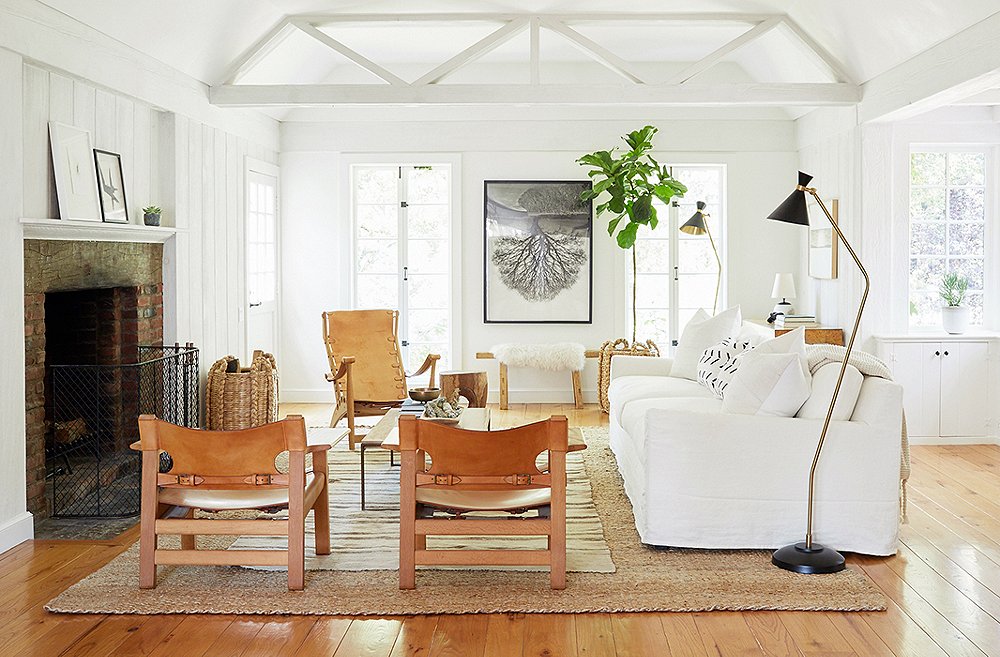

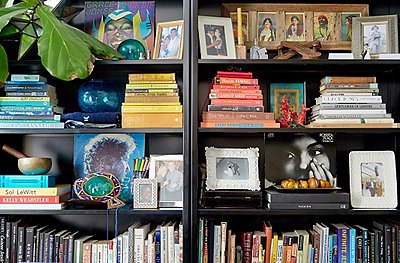
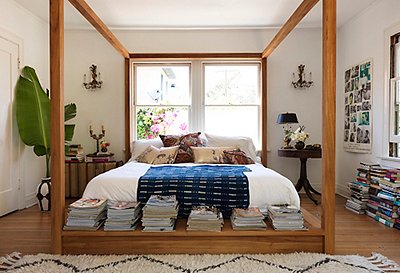
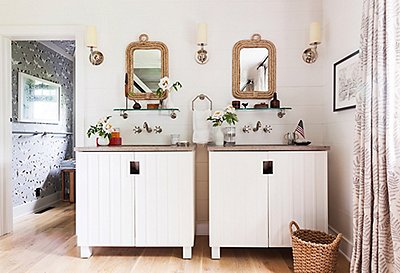
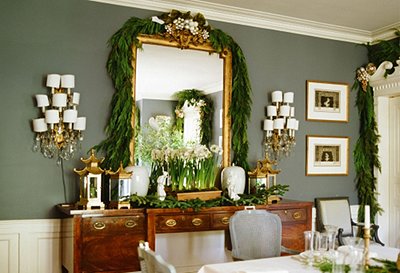
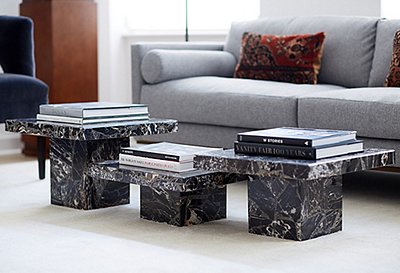
Join the Discussion